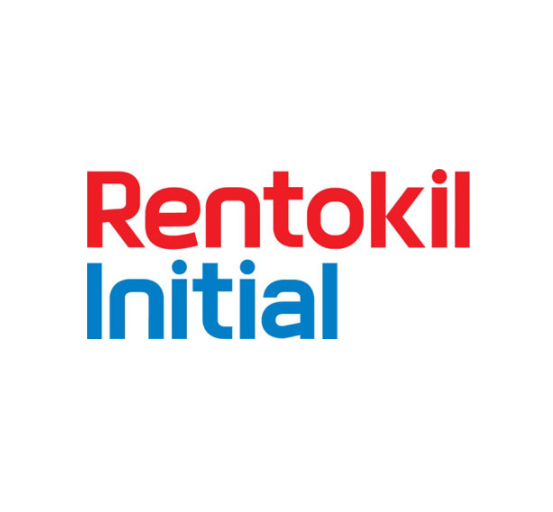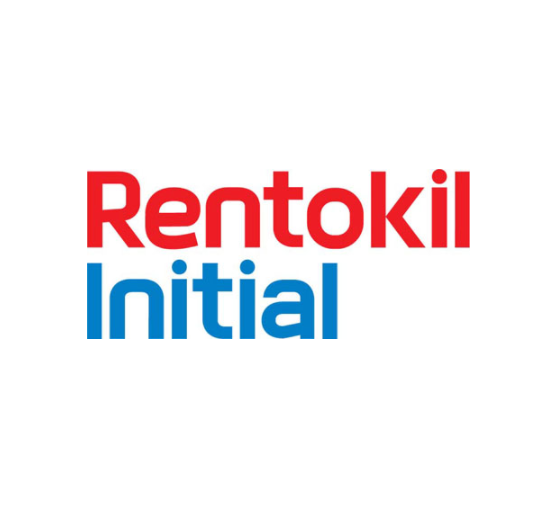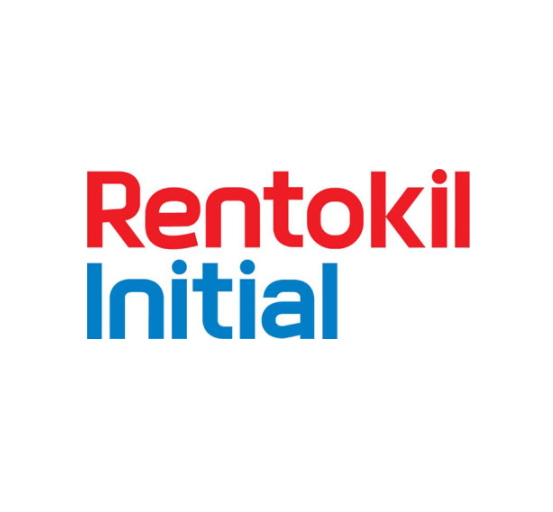Information
-
• To be completed by Service personnel for existing premises.
• For New Premises, Sales personnel are to complete this report before any contract/ job agreement. If required, Sales can seek support from operations or SHE to assess together the roof void, ground conditions and WAH equipment required. -
Service Type At the Roof Void/ Ceiling:
-
Please specify here:
-
Service Team: (please specify)
-
Team 1
-
Team 2
-
Team 3
-
Team 4
-
Team 5
-
Team 6
-
Team 7
-
Team 8
-
Team 9
-
Hotel
-
MCST
-
SP
-
NT
-
AA
-
Others
-
Please specify:
-
to be determine after contract confirmation.
-
Service Location Name and Address:
-
Sales Personnel Name:
-
Technician Name(s): Those who may be involved in the roof void/ ceiling work
-
For new premise, technician will only be assigned after contract confirmation.
-
Supervisor Name:
-
For new premise, service team will be assigned after contract confirmation.
-
Insert “Ladder and Ladder Label” Photos here.
-
Insert “Ground Condition” photos here.
-
Insert “Roof Void/ Ceiling” photos. NOTE: take photo from ground (use pole camera if practicable); or take from a safe, suitable ladder.
-
Ground To Roof Void/ Ceiling Height (m):
-
Ladder Height (m):
-
Ladder Total No. of Rungs:
WAH Control Measures Implementation
-
1. Is the Roof Void/ Ceiling work necessary? Other options have been considered before as a priority to avoid WAH, but they are not practicable e.g. using pole camera, drone.
-
2. Areas below roof void/ ceiling opening ~ free from obstructions; or any obstructions, slip, trip & fall hazards have been identified and removed. Please attach pictures.
-
3. Ladder (A-ladder or Platform Stepladder) for access to the roof void/ ceiling is in good condition.
-
Ladder owner?
-
RI Ladder
-
Customer ladder
-
4. Ladder Label clearly specify the Safe Working Load (SWL, kg) and manufacture standard e.g EN131, OSHA, GB.
-
Ladder SWL (Safe Working Load) kg:
-
Ladder Manufacture Standard on ladder label:
-
5. Ladder (A-ladder or Platform Stepladder) is of suitable height to reach the roof void/ ceiling. A-ladder must be long enough such that the top 2-steps will not need to be used. Platform stepladder should have handrail up to waist height.
-
6. Head light/ torch light/ standing lamp available for use and in good condition.
-
7. First Priority, Safest Option : had discussed and agreed with customer to shut down power before start work if there are electricals near or inside the roof void/ ceiling e.g. for lightings, wires, electrical conduits.<br>Alternate Option: if not practicable to shut down power, electrical gloves are available and in good condition for use while carrying out the roof void/ ceiling works.
-
8. Safety Shoes is adequate, in good condition and worn
-
9. Technician(s) working at the roof void/ ceiling has completed RI internal SRA (Site Risk Assessment) Training.
-
10. Technician(s) working at the roof void/ ceiling has completed Work at Height training involving safe ladder use.
-
11. Technician(s) working at the roof void/ ceiling has completed RI internal M6.1 Safe Working at Roof Void Training.
-
12. New Technician is put on OJT (on-the-job) training, with a senior, WAH trained technician or supervisor.
-
13. If roof void/ ceiling work is deemed safe/ unsafe to proceed, SRA is done accordingly and attached with this report ? <br>(for update into iCABS, so as to ensure this info. is made known to service technicians via SRA Report/ Service Docket)
-
Ensure the following is updated in the SRA Report (but not limiting to) =>
• Please Tick :
Do Not Enter Roof Void. Check roof void from a ladder only. Or
No Roof Void Inspection Required.
(under the SRA Report ~ Special Consideration section)
• WAH Risks (under hazard column, if safe to proceed)
• Electrical Risks (if existing near or inside the roof void)
• Indicate the type of ladder to be used and the no. of rungs required e.g. use 7 rung A-ladder
• Shut off Electrical Power, or wear electrical gloves, before any roof void/ ceiling work.
Evaluation
Evaluation (tick where relevant):
-
SAFE TO PROCEED with the roof void/ ceiling work (mentioned in the top of page 1 of this checklist).
-
UNSAFE TO PROCEED with the roof void/ ceiling work (if any one criteria on this checklist cannot be complied)
-
Is SRA report is updated appropriately, indicating Safe/ Unsafe To Proceed? (see No. 13 Remarks above. SRA Report must be updated and attached to this report after completion of the evaluation).
Applied By:
-
Signature:
-
Name:
-
Job Title:
-
Date:
Assessed By:
-
Signature:
-
Name:
-
Job Title:
-
Date:
Assessed By: (if there is additional assessor)
-
Signature:
-
Name:
-
Job Title:
-
Date:
Approved By:
-
Signature:
-
Name:
-
Job Title:
-
Date:
-
After approval, Assessor shall send both RVE Report and eTI/ SRA report as follows :
• Send e-copy of both reports to OPS (pc-operation-sg@rentokil-initial.com), SALES (pc-sales-sg@rentokil-initial.com) and SHE personnel.
• Forward original copy of both reports to iCABS personnel to update into iCABS system, and for record keeping. -
This Roof Void Inspection Checklist shall be reviewed again, whenever there is any change or concern raised related to the roof void, environmental conditions, WAH equipment, and after an incident.









